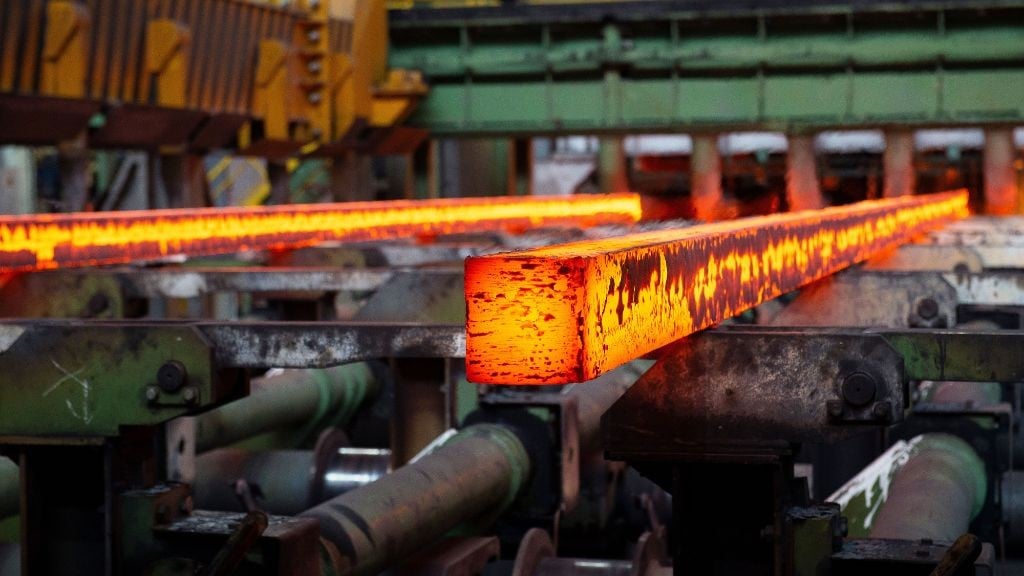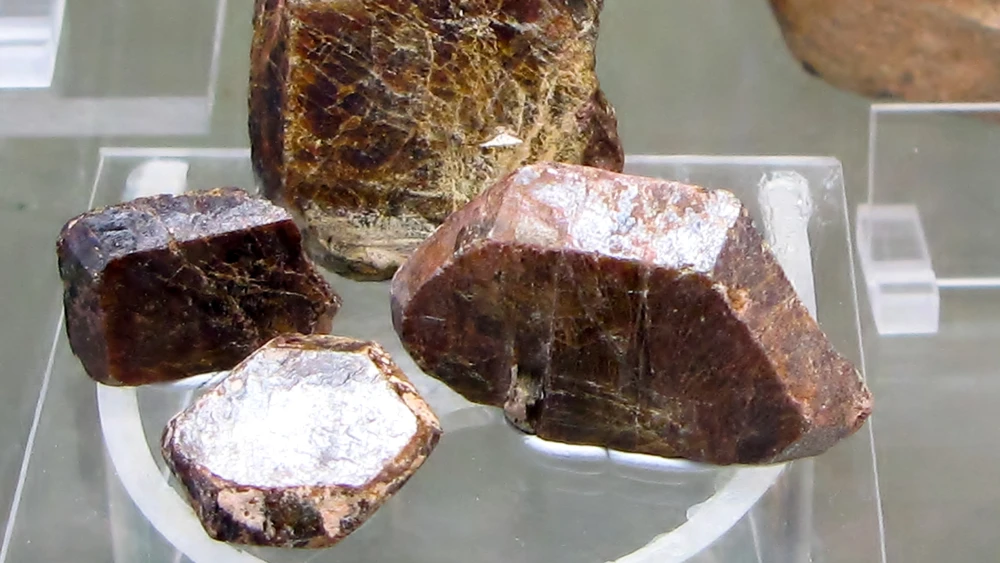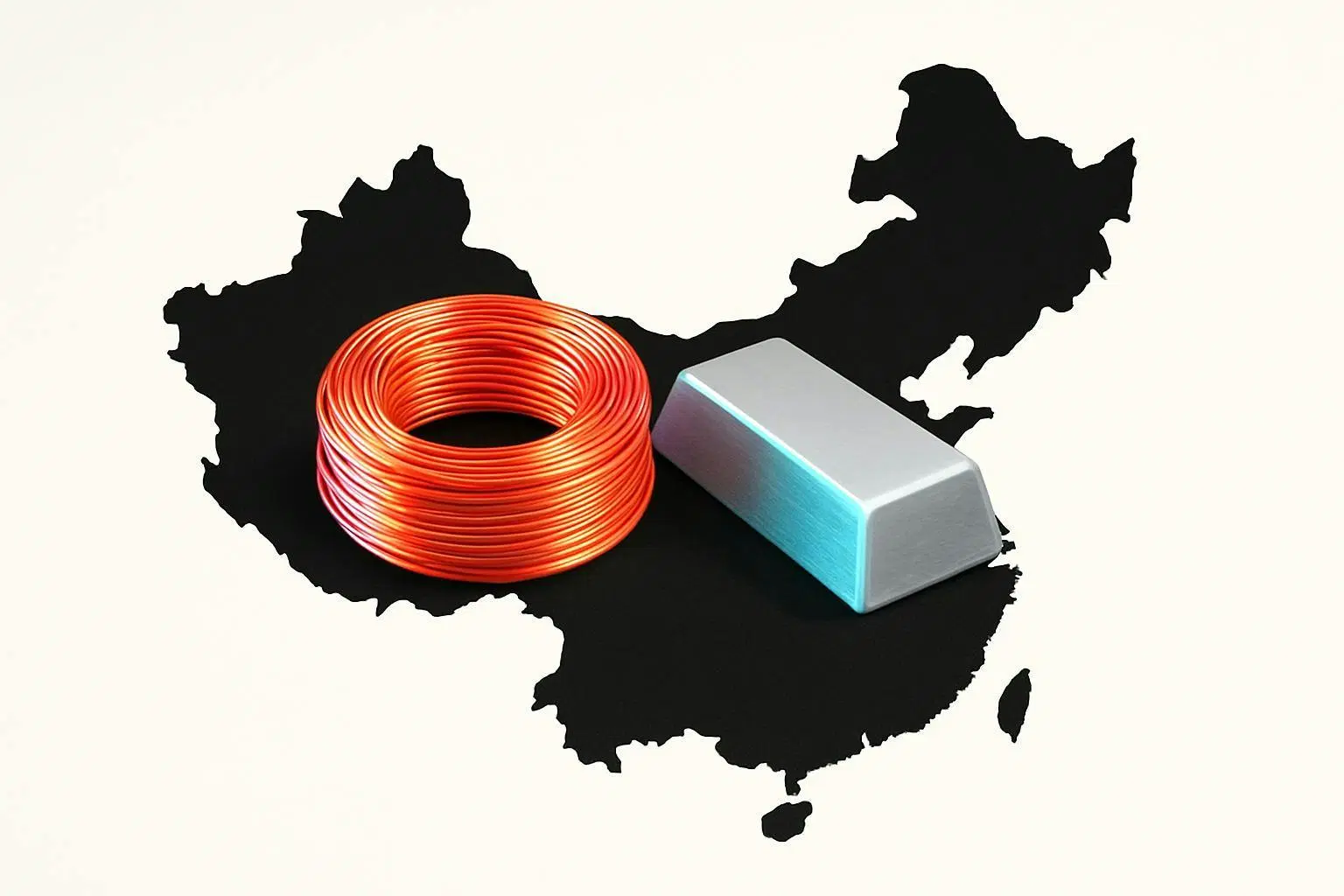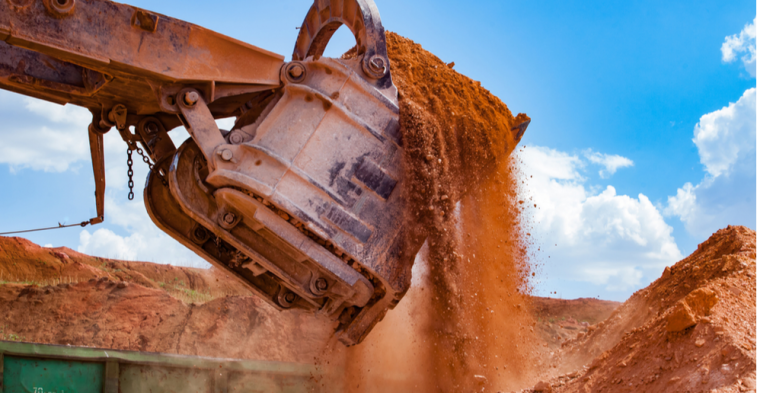Metal Markets

Global recycled steel use reaches 630 million tonnes in 2025

Rolf Willeke, BIR Ferrous statistics advisor, highlights the key findings in the January to June 2025 update of the 16th edition of "World Steel Recycling in Figures."
Global crude steel production totaled 934.3 million tonnes in the first half of this year for a decrease of 2.2 percent over the corresponding period in 2024, according to worldsteel. From the regional perspective, the only year-on-year increase in crude steel production was recorded by Africa.
The biggest producer in the first six months of this year was Asia/Oceania at 693.9 million tonnes (down 1.9 percent from January to June 2024). Also registering lower totals were: the EU-27 (-3.3 percent to 65.4 million tonnes); Other Europe (-7.1 percent to 20.8 million tonnes); the Middle East (-5.4 percent to 27.5 million tonnes); North America (-0.6 percent to 53.2 million tonnes); the CIS (-5.4 percent to 41.6 million tonnes); and South America (-0.4 percent to 20.5 million tonnes).
BIR's use of the term recycled steel
As explained previously, the BIR Ferrous Division is now using the term "recycled steel" rather than "steel scrap" in order to resonate more effectively with the public when highlighting the importance of the material for global steelmaking.
From BIR's own calculations and those of worldsteel, it can be concluded that some 630 million tonnes of recycled steel are used each year in global steel production, thereby preventing almost 950 million tonnes of CO2 emissions while also saving energy and conserving natural resources. The term "recycled steel" also reinforces the importance of the material for "green" steelmaking.
World DRI production increases by 4.3 percent
For "green" steelmaking, it is also important to follow global trends affecting the use of direct reduced iron (DRI). For the first time using figures from worldsteel, we are able to show the world's biggest producers of DRI. Global DRI production climbed 4.3 percent year on year in the first half of 2025 to 64.24 million tonnes, and the two largest producers were India with an increase of 8.7 percent to 29.201 million tonnes and Iran with a decrease of 2.2 percent to 16.30 million tonnes.
China's recycled steel usage down by 11.4 percent
Recycled steel usage lowered in China, the EU-27, the U.S., Japan, and South Korea in the first half of 2025 whereas increases were registered in India and Turkey. China's crude steel production fell by 3 percent in the first six months of this year to 514.8 million tonnes but its recycled steel usage tumbled a significantly steeper 11.4 percent to 109.01 million tonnes. However, the nation retained its position as the world's largest consumer of recycled steel.
The following also recorded larger declines in recycled steel usage when compared to crude steel production during the first half of this year: the EU-27 (-4.2 percent to 39.403 million tonnes for recycled steel consumption versus -3.3 percent to 65.4 million tonnes for steel production); the U.S. (-9.1 percent to 26.71 million tonnes for recycled steel consumption versus an unchanged steel production of 39.9 million tonnes); Japan (-6.7 percent to 14.894 million tonnes of recycled steel usage as against a 5 percent drop in steel production to 40.6 million tonnes); and South Korea (an 11.3 percent slump in recycled steel usage to 10.242 million tonnes compared to a dip of 2.8 percent in steel production to 30.6 million tonnes).
On the positive side, India reported a 15.3 percent leap in its recycled steel usage in this year's January to June period to 19.65 million tonnes as against an increase of 9.2 percent in its crude steel production to 80.9 million tonnes. Meanwhile, Turkey was increasing its recycled steel usage by 2.2 percent to 16.051 million tonnes despite a 1.7 percent dip in its steel production to 18.3 million tonnes.
In total, during the first half of 2025, recycled steel usage in key countries and regions was 6.9 percent lower year on year at 235.96 million tonnes; this usage figure represents data for 76 percent of global steelmaking.
The respective shares of recycled steel usage in crude steel production were 21.2 percent for China, 24.5 percent for India, 33.4 percent for South Korea, 36.7 percent for Japan, 60.2 percent for the EU-27, and 66.4 percent for the U.S. Worthy of particular note was recycled steel's 87.7 percent share of crude steel production in Turkey.
Turkey's overseas recycled steel purchases reduced by 5.8 percent
The first half of this year brought a 5.8 percent reduction in Turkey's overseas recycled steel purchases to 9.40 million tonnes. However, the country remained the world's foremost recycled steel importer, with its main suppliers being the U.S. (-18.8 percent year on year to 1.723 million tonnes) and the Netherlands (+14.6 percent to 1.503 million tonnes).
India remained the world's second-largest recycled steel importer in the first six months of 2025 (+18 percent to 4.580 million tonnes), with its list of suppliers headed by the U.S. (+30 percent to 0.92 million tonnes) and the U.K. (+7 percent to 0.47 million tonnes).
Higher recycled steel imports were also recorded in the first half of this year by Pakistan (+181.6 percent to 3.107 million tonnes), the EU-27 (+4.3 percent to 2.478 million tonnes), the U.S. (+6.7 percent to 2.25 million tonnes), and Thailand (+285.1 percent to 2.23 million tonnes). By contrast, year-on-year import declines were posted in the first half of 2025 by Vietnam (-62.7 percent to 0.98 million tonnes), Taiwan (-40.3 percent to 0.95 million tonnes), and South Korea (-19.9 percent to 0.90 million tonnes).
EU-27 still the world's top recycled steel exporter
The EU-27 maintained its position as the world's leading recycled steel exporter in the first half of this year despite a decrease of 2.8 percent to 8.304 million tonnes. The main buyers were Turkey (+10.7 percent to 5.67 million tonnes) and Egypt (-47.1 percent to 0.56 million tonnes).
Despite a decline in its recycled steel shipments in January to June this year (-16.6 percent to 6.000 million tonnes), the U.S. remained the world's second-largest recycled steel exporter; its main customers were Turkey (-12.9 percent to 1.854 million tonnes) and Bangladesh (-16.9 percent to 0.76 million tonnes).
Overseas shipments of recycled steel increased in the first half of this year out of Japan (+19.5 percent to 3.819 million tonnes), Mexico (+27.4 percent to 0.702 million tonnes), and Singapore (+32.6 percent to 0.562 million tonnes). Conversely, the January to June period brought recycled steel export declines for the U.K. (-25.4 percent to 3.124 million tonnes), Canada (-13.2 percent to 1.908 million tonnes), Australia (-46.8 percent to 1.111 million tonnes), and Hong Kong (-8.8 percent to 0.535 million tonnes).
The world's leading exporters are major net recycled steel exporters, with surpluses in the first half of this year of 5.8 million tonnes for the EU-27 and of 3.8 million tonnes for the U.S.
It can also be noted that U.S. and EU export prices followed a largely parallel course in the first six months of this year.












